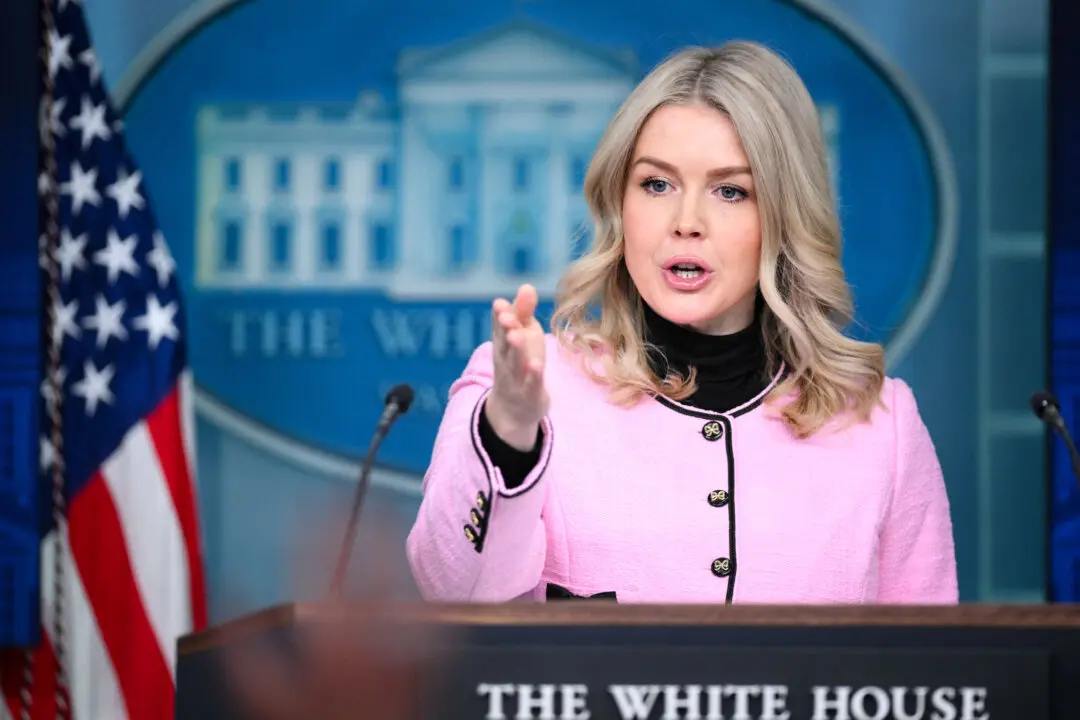WASHINGTON—U.S. stocks dropped sharply on Aug. 14, as the bond markets signaled concerns about a possible recession with the yield curve inverting for the first time in 12 years. The inverted yield curve, however, isn’t an indicator of recession in the current market environment, according to experts.
Investors pushed the panic button after the main yield curve briefly inverted, meaning the yield on the closely watched 10-year U.S. Treasury bond fell below the yield on the 2-year note for the first time since 2007.





